Archive
2021
KubaParis
Holy Matter
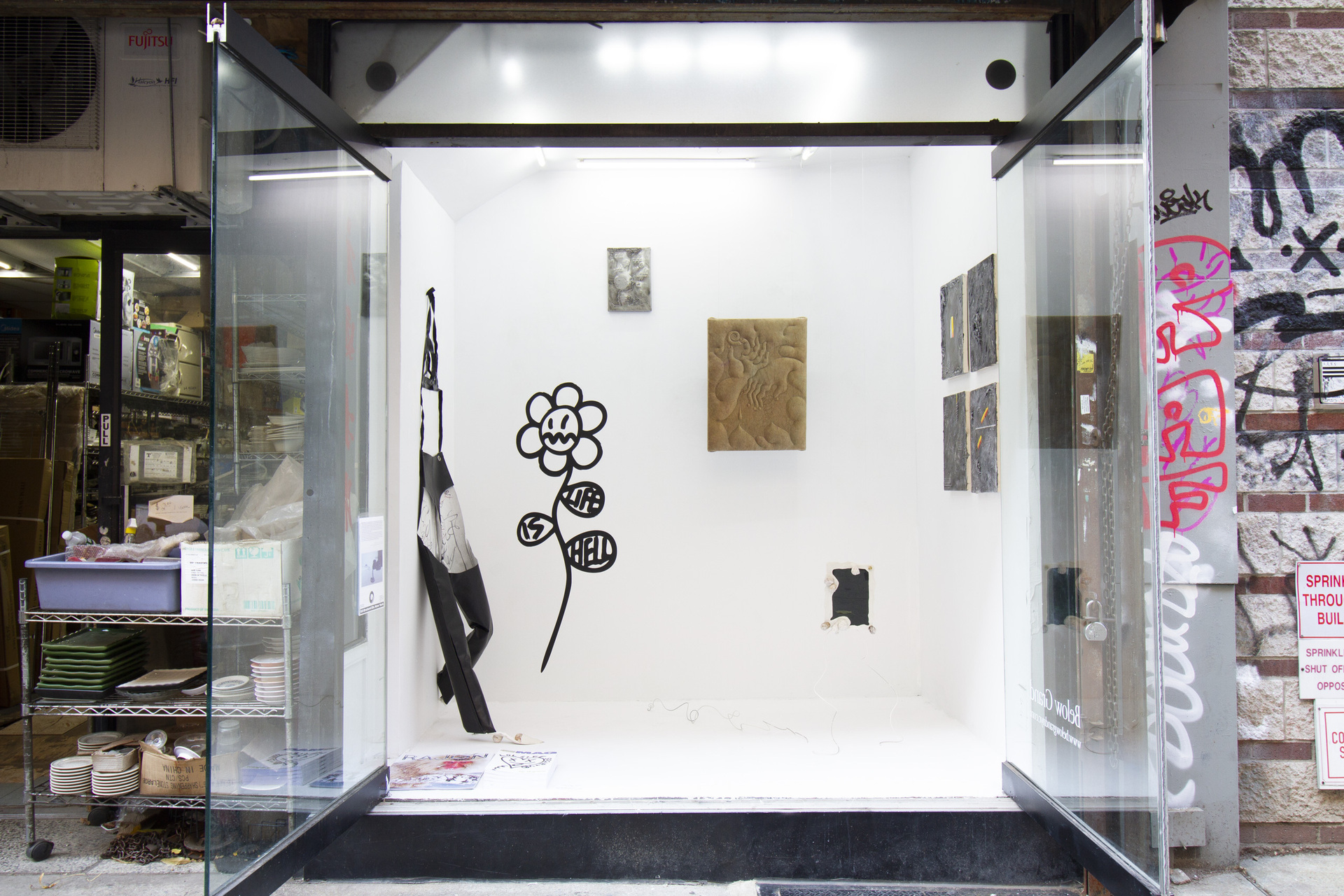
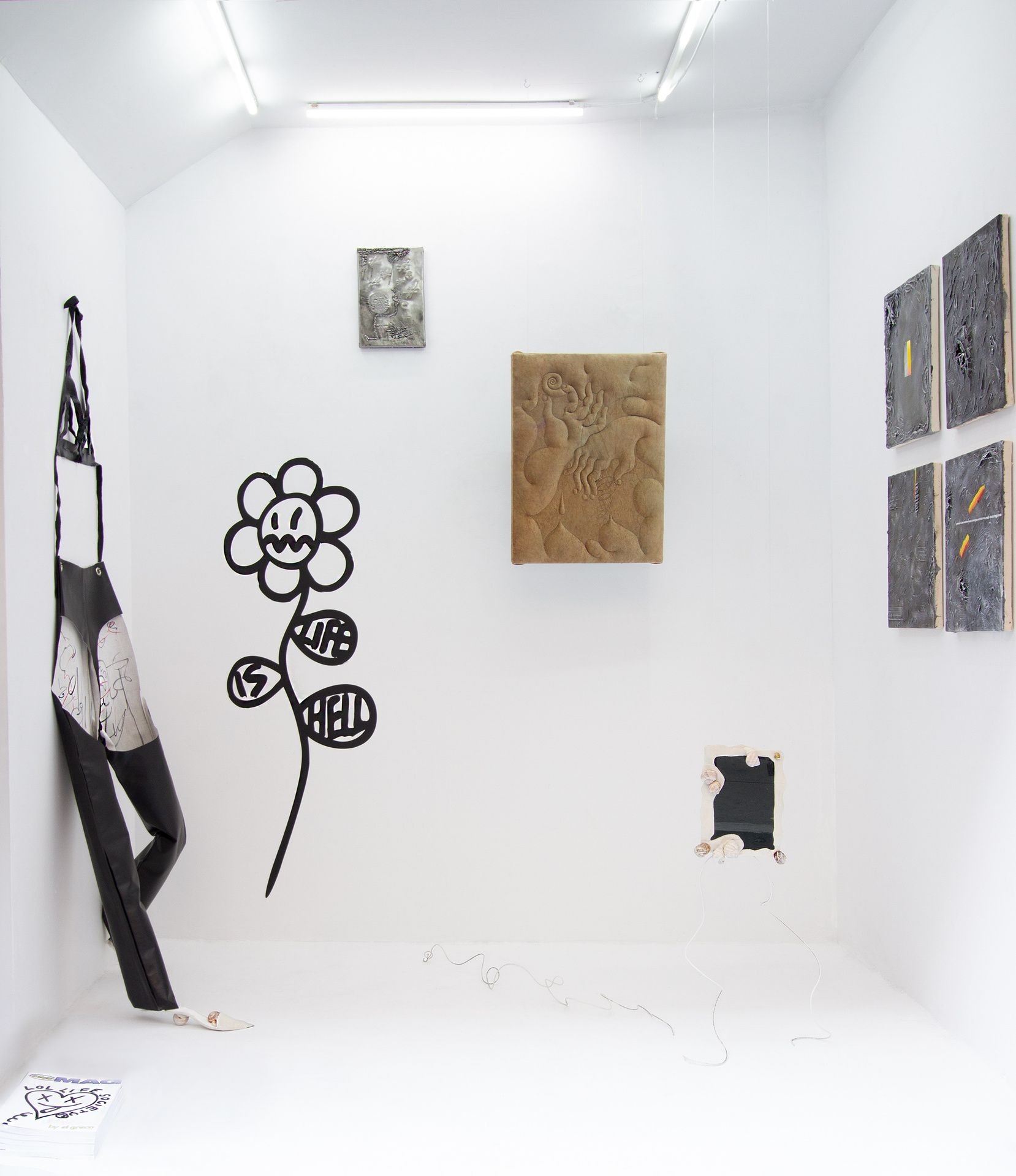

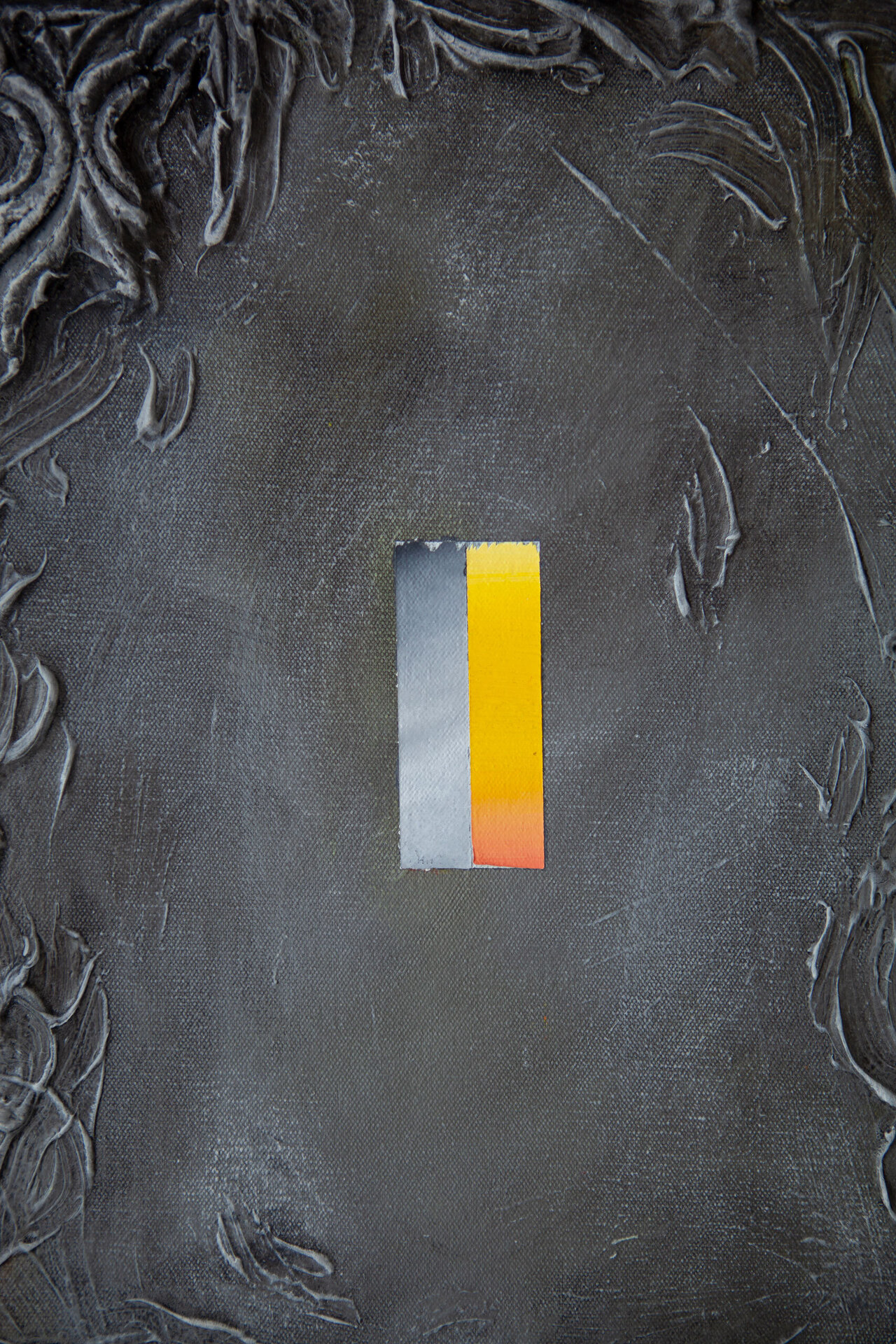

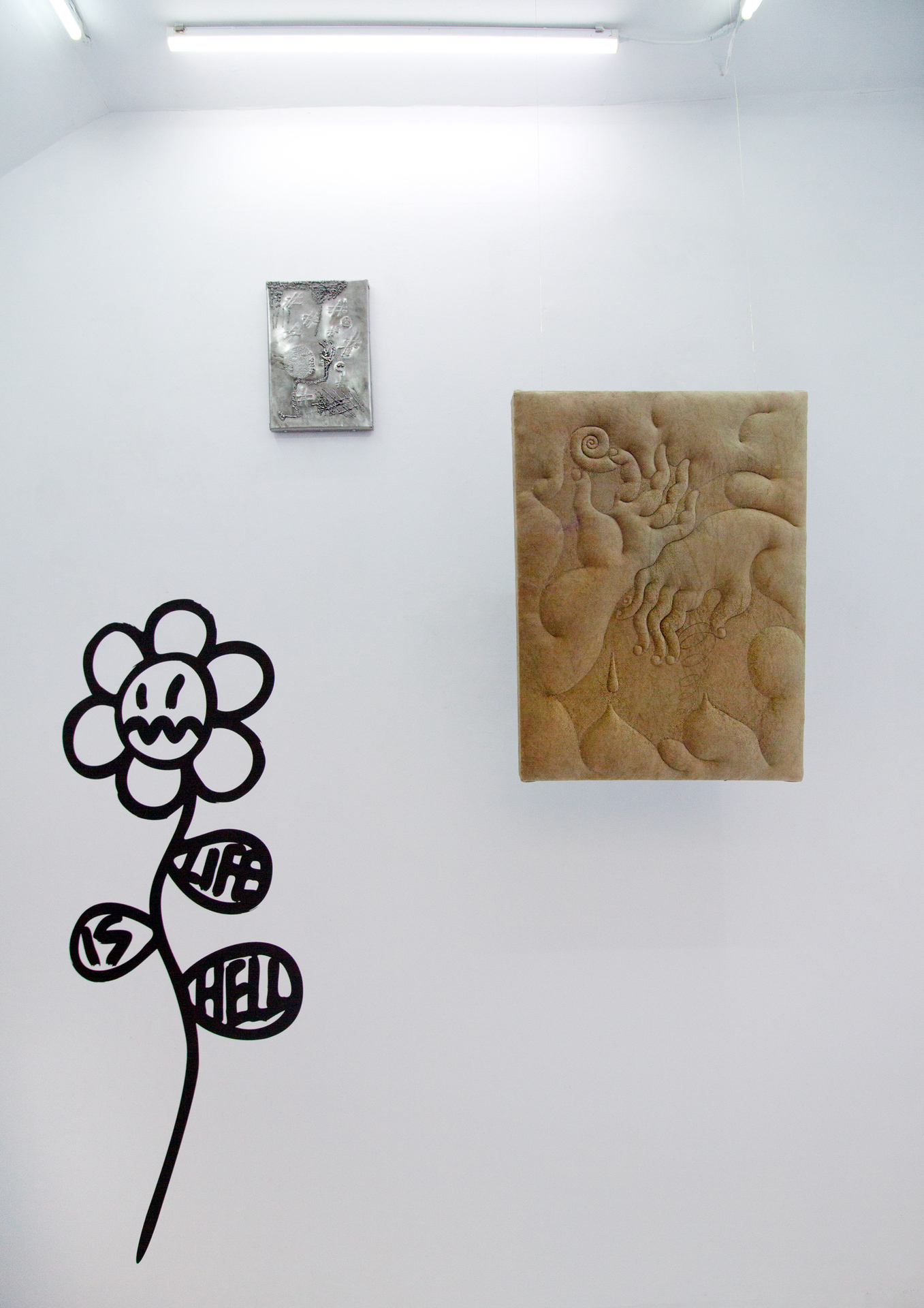



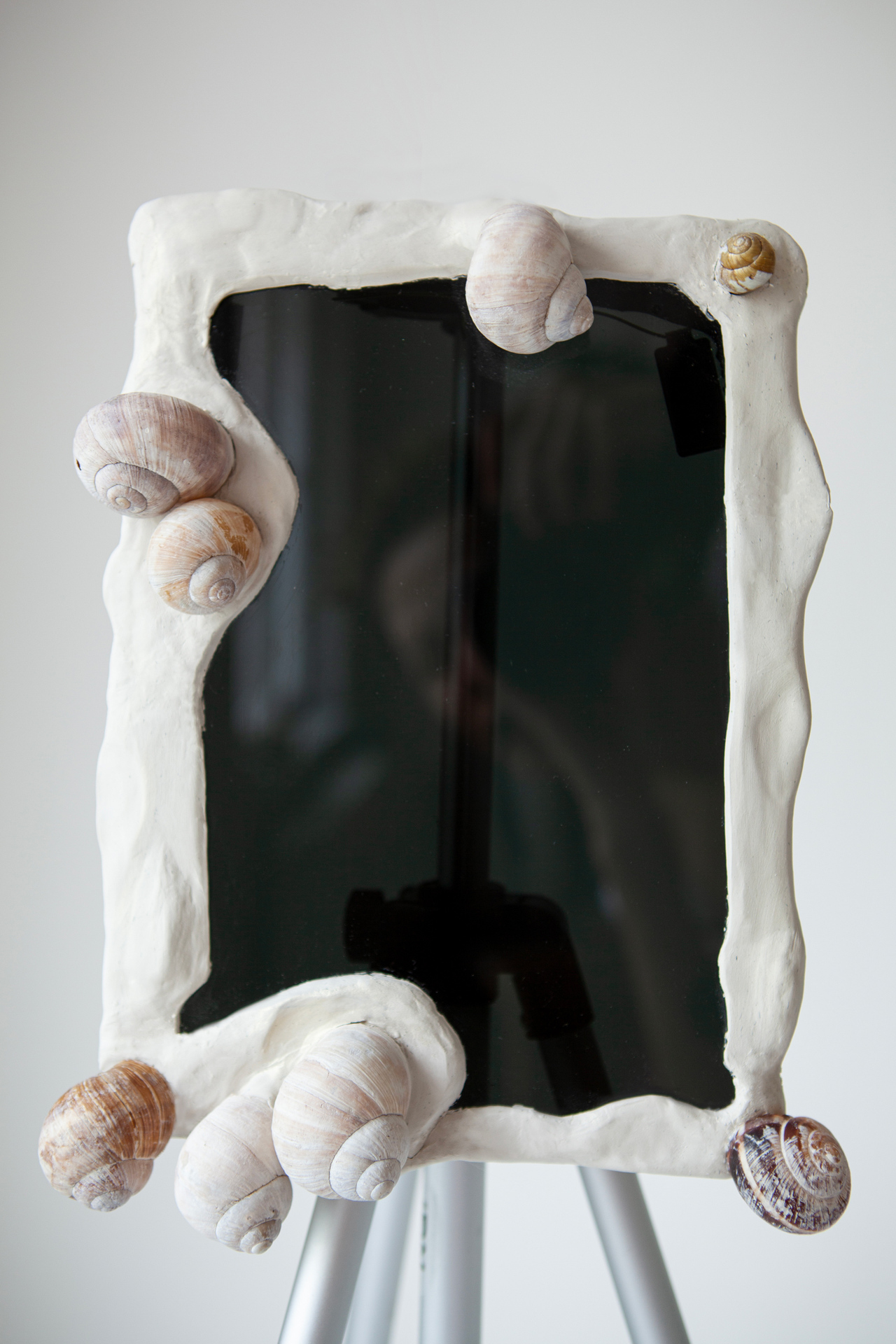

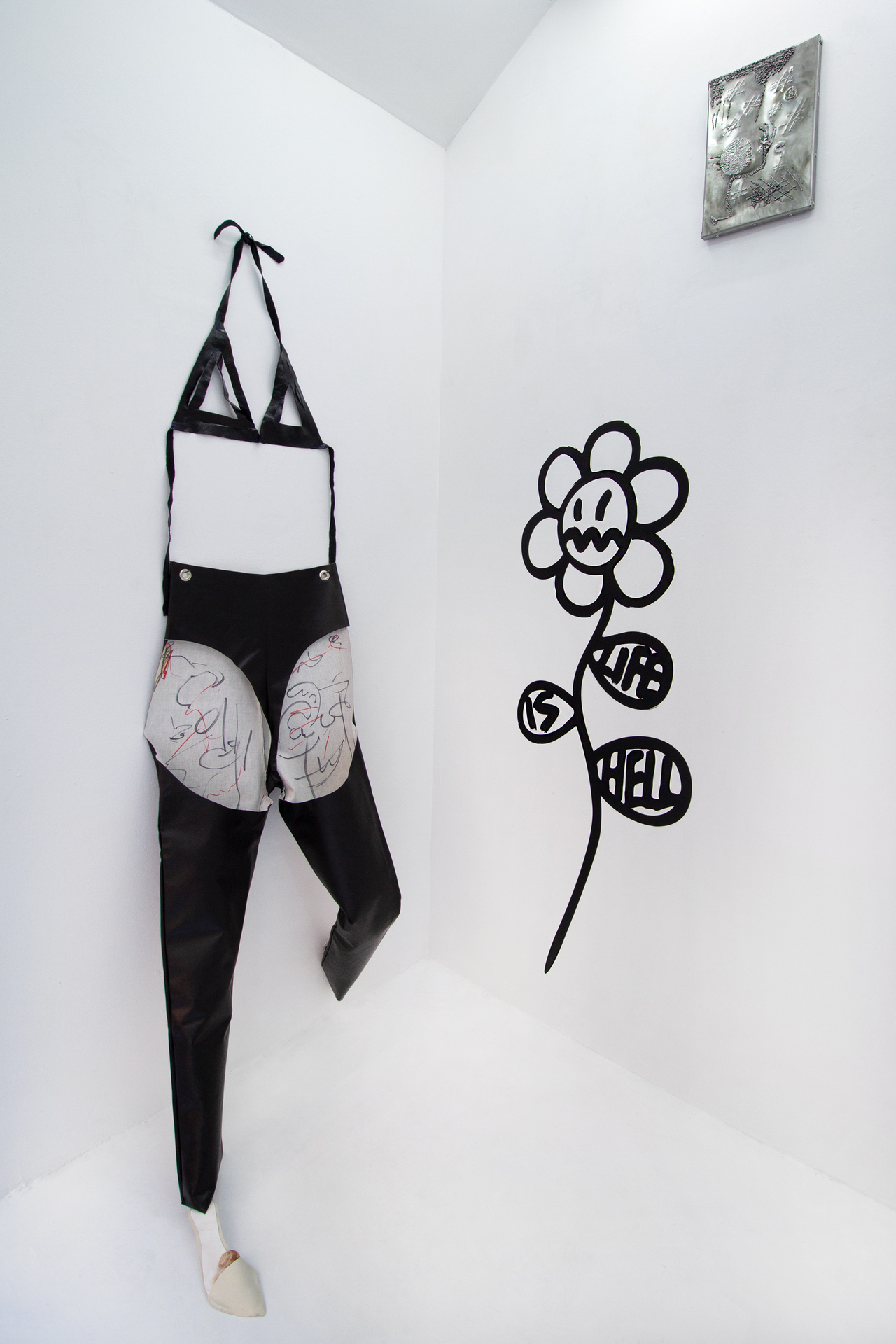



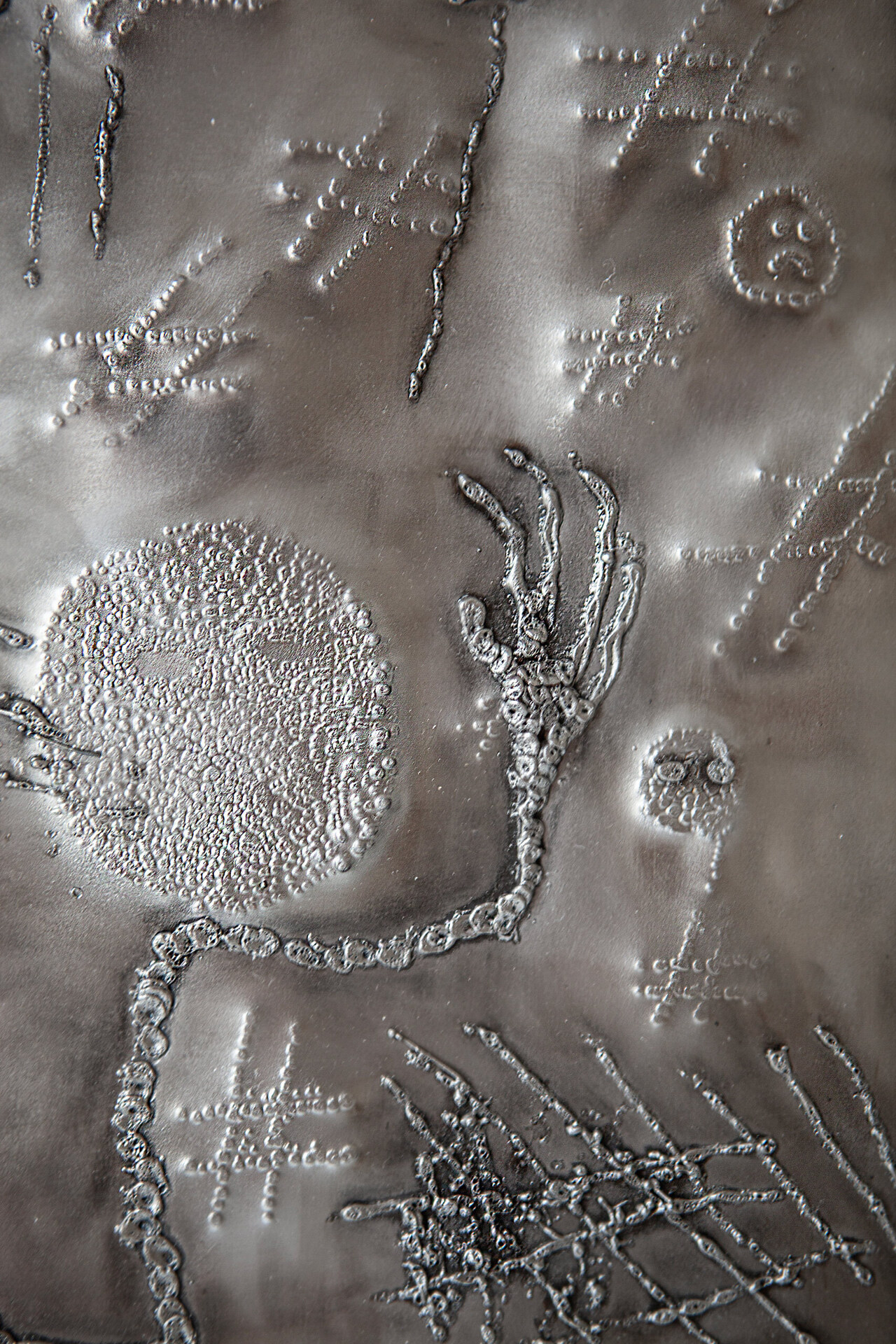
Location
53 Orchard St. New York, NY 10002Date
07.11 –12.11.2021Curator
Lenka Bakes, Richard BakesPhotography
Andrew WoolbrightSubheadline
Exhibition exchange projects between Prague's gallery Berlinskej Model and the Below Grand gallery, New York City.Text
The exhibition Holy Matter is, thanks to the interconnection of the thoughts, concepts, objects, and images of several artists, a metaphor for living/vibrating matter. However, the matter to which it refers is by no means limited to creatures. The show explores the relationships between the body and the material that both constitutes and determines it. Could this be that vibrating matter which, if we resonate with it, perceive it, and experience it differently from how its secular nature is perceived, will guide us to a deeper knowledge of life?
What does the material world really look like? This question runs through the entire ontological tradition of philosophical reflection based on the logic of knowledge through human perception.
Supposedly only those who are trained to see can look beyond nature, things, or pure matter to glimpse their divine essence. The Vedic scriptures, which were composed around 1500 BCE and can be considered the oldest roots of Hinduism and subsequent Buddhism, describe matter as vibration. They ascribe the origin of the world to sound – a word that set matter in motion. The scriptures thus describe all matter as holy, in any form it takes, and the word as a sacred instrument for its creation. In contrast, the younger philosophy of the West, based on the Platonic tradition, places the alétheia below the level of the idéa and establishes the primacy of existence over essence. The later European tradition then condemns the material world and venerates the essence, the kingdom of God. The only seemingly unique exception in our region is that of medieval Christians in twelfth-century Rhineland being willing to accept the material world – its trees, flowers, and grapevines, its worms and wolves – as equal to man, if not to the very essence of God. Their conception of the world was that God created it a second time when Christ was born. In this second act of creation, God was seen as present in the physical world, making matter holy once again.
Traditional Western philosophy, from the Enlightenment to the present, has developed in the spirit of humanism and knowledge limited by the human perspective. The beneficial moral imperative to distinguish between human beings and things is evident in this period. Several hundred years ago, humanity was largely enslaved, and even in recent decades, the human body has been exploited, normalized, sexualized, and otherwise shaped through different political apparatuses and is thus subject to contingent cultural forms which are difficult to redefine.
However, much like roles in society, things also have a tendency to break out of their existing contexts from time to time. On the other hand, contemporary philosophical tendencies, which we could describe as speculative materialism, encourage us to go beyond the boundaries of the human body.
One simple parallel, for example, is the computer game Everything, in which you can basically be everything, changing only your body and perspective. At the macroscopic level of the universe, you can be a galaxy, a black hole, a planet, its continent, or one of its inhabitants. You can be the body of an animal, a bacterium, or a cell. The sequence shows us the blurred boundary between where the human body ends and matter begins.
We therefore ask: can matter be alive? Is matter vibrating, and can its resonances affect us? Within her theory of the politics of things, Jane Bennet comes to consider the vitality of things and gives an example of the effect of minerals on animal and human development from a long-term evolutionary perspective. In pondering where our bones come from, she writes: “Soft tissue [...] reigned supreme until 500 million years ago. At that point, some of the conglomerations of matter-energy that made up life underwent a sudden mineralization, and a new material for constructing living creatures emerged: bone.” Thus it was thanks to a creative power – vitality – that bones were formed. Perhaps such an interpretation comes across as anthropomorphic, and the desire to see the vitality of things may seem vague, and art emphasizing object-oriented ontology may seem naïve. But the virtue of such thinking is that it distances itself from oppression, identity politics, consumer materialism, and the exploitation of the planet.
We are not separate from the world, despite what our egos and corporeal shells may indicate. We are the universe. Alan Watts invites us to play according to the rules of Everything. All things on this Earth coexist in chaotic harmony (“multiplicities in a multiplicity,” according to Alain Badiou) in which one thing would not exist without the other. Watts’s philosophy is reassuring in a world that feels increasingly divided by politics, religion, and nationality. We are all connected, and not only to our fellow man but also to the ground beneath our feet and the clouds above our heads.
Lenka Bakes, Richard Bakes